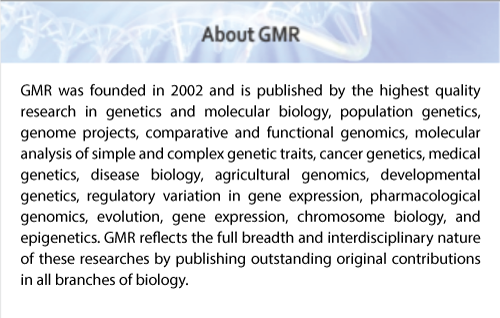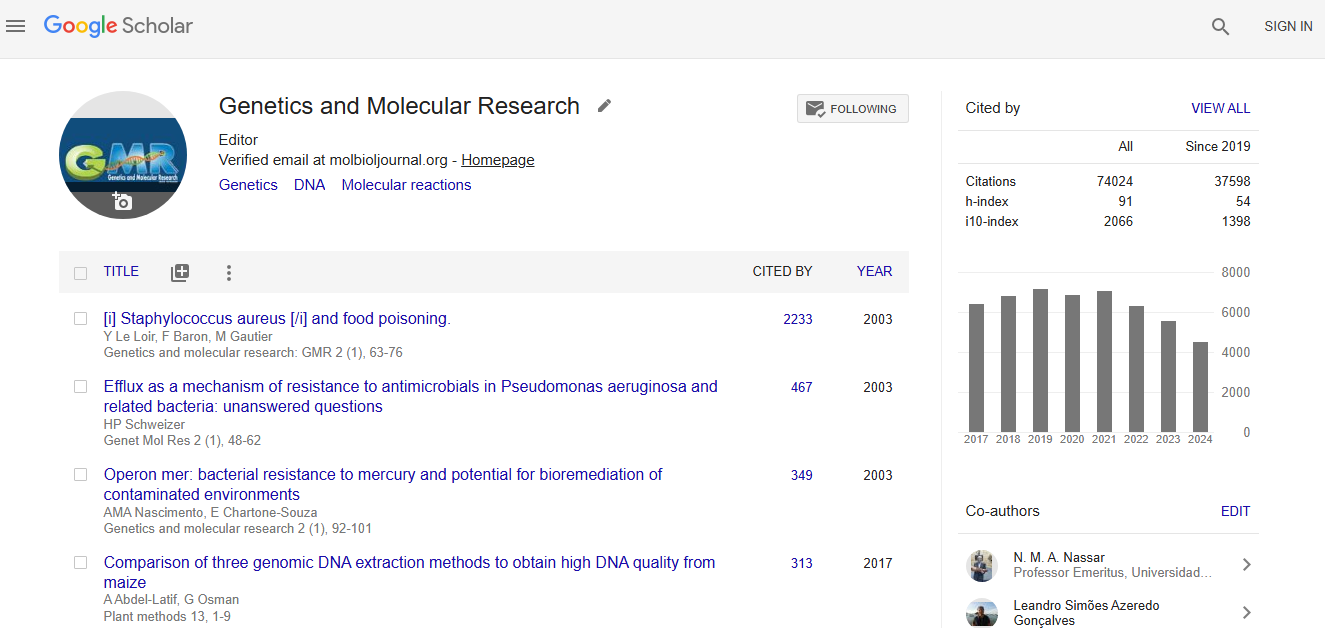Abstract
Genetic variation and genetic structure of the endangered species Sinowilsonia henryi Hemsi. (Hamamelidaceae) revealed by amplified fragment length polymorphism (AFLP) markers
Author(s): H. Zhang, W.L. Ji, M. Li and L.Y. ZhouComprehensive research of genetic variation is crucial in designing conservation strategies for endangered and threatened species. Sinowilsonia henryi Hemsi. is a tertiary relic with a limited geographical distribution in the central and western areas of China. It is endangered because of climate change and habitat fragmentation over the last thousands of years. In this study, amplified fragment length polymorphism markers were utilized to estimate genetic diversity and genetic structure in and among S. henryi. In this study, Nei’s genetic diversity and Shannon’s information index were found to be 0.192 and 0.325 respectively, indicating a moderate-to-high genetic diversity in species. According to analysis of molecular variation results, 32% of the genetic variation was shown to be partitioned among populations, demonstrating a relatively high genetic divergence; this was supported by principal coordinate analysis and unweighted pair-group method with arithmetic average analysis. Moreover, the Mantel test showed that there was no significant correlation between genetic and geographical distances. The above results can be explained by the effects of habitat fragmentationï¼�?history traits, and gene drift. Based on the results, several implications were indicated and suggestions proposed for preservation strategies for this species.
Impact Factor an Index

Google scholar citation report
Citations : 74024
Genetics and Molecular Research received 74024 citations as per google scholar report
